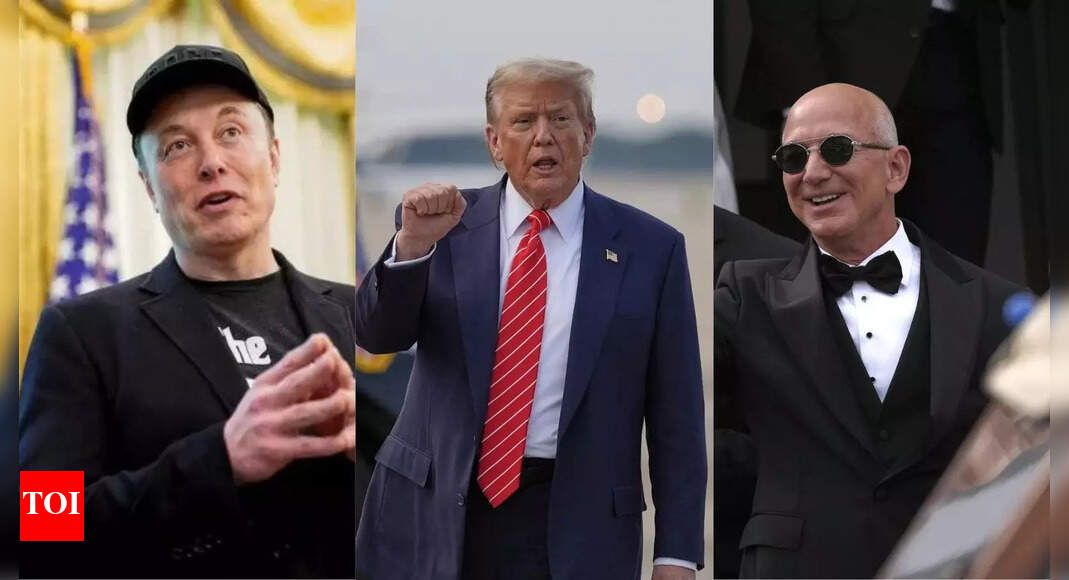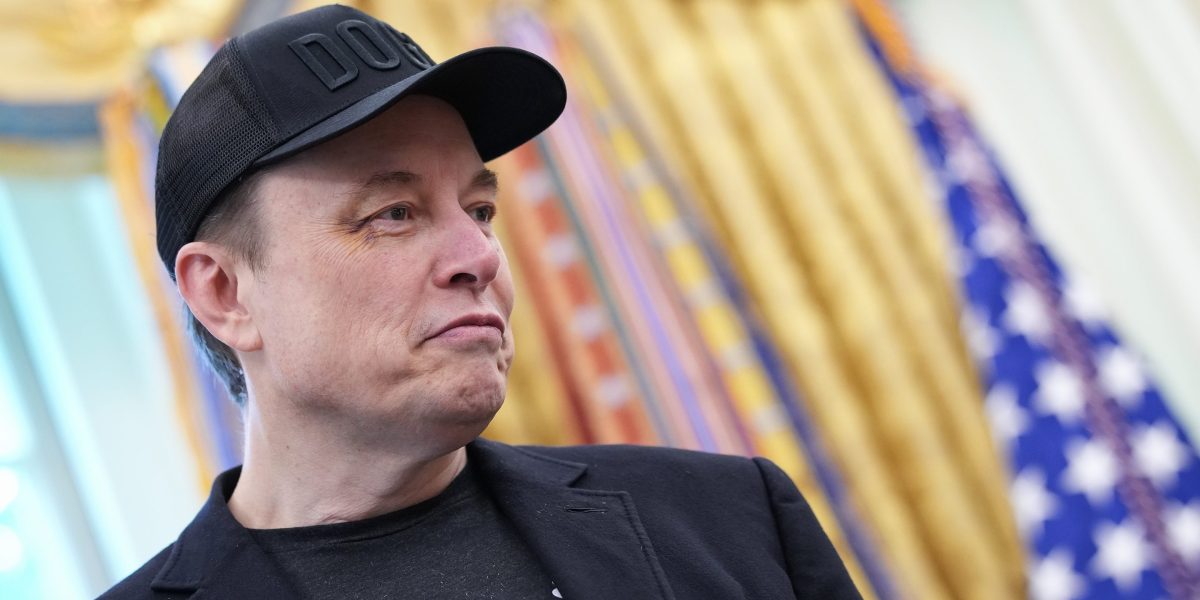The Trump administration is actively seeking alternatives to Elon Musk‘s SpaceX for the ambitious Golden Dome missile defence system, a project envisioned to cost around $175 billion. This shift is largely driven by a deteriorating relationship between former President Trump and Musk, culminating in a public fallout in June. While SpaceX was initially a top contender, the administration is now broadening its search for partners, including Jeff Bezos’s Amazon Project Kuiper, to reduce reliance on a single entity for such a critical national defence initiative.
Deteriorating relationship between Donald Trump and Elon Musk
The core reason for the search for alternatives stems from a significant souring of relations between Donald Trump and Elon Musk. This public dispute, which occurred on June 5, prompted the administration to reassess its strategy for the Golden Dome project. While the exact details of the fallout are not fully disclosed, the tension has clearly impacted SpaceX’s previously strong position as a leading partner for the missile shield.The feud between Trump and Musk escalated on June 5, 2025, when Trump publicly criticized Musk over disagreements on a bill that ended electric vehicle tax credits benefiting Tesla. Musk responded by saying Trump would have lost the 2024 election without him and called for his impeachment, while also making controversial claims about Trump’s connection to the Epstein files. Despite Musk’s substantial financial support for Trump’s campaign, estimated at $277 million, their relationship quickly soured, leading to a public exchange of insults. This bitter fallout played a key role in the administration’s decision to seek alternatives to SpaceX for the Golden Dome project.

Reducing over-reliance on a single partner
Even before the recent public spat, officials within the Pentagon and the White House had begun exploring alternatives to SpaceX. There was a growing concern about being overly dependent on a single company, no matter how capable, for large portions of an ambitious and vital space-based defense system. Diversifying partners is a strategic move to ensure greater security and resilience for the Golden Dome project.
The rise of Project Kuiper as an alternative
Jeff Bezos’s Amazon Project Kuiper is now being actively courted by the Pentagon to join the Golden Dome effort. Kuiper aims to deploy a constellation of 3,000 low-Earth orbit satellites, and while primarily commercial, Bezos has acknowledged its potential defense applications, such as aiding missile tracking and communications. This signals the administration’s willingness to integrate commercial technology firms into national defense infrastructure, moving beyond traditional defense contractors.
Other contenders and strategic diversification
Beyond Project Kuiper, the Trump administration is also engaging with traditional defense giants, including Northrop Grumman, Lockheed Martin, and L3Harris, to support the Golden Dome. These companies are being considered for their expertise in areas like missile warning and tracking technologies, as well as space-based interceptors. Newer, nimbler Silicon Valley firms like Palantir and Anduril, which have ties to Trump, were also considered early frontrunners before the Musk-Trump feud reshaped the competitive landscape.
SpaceX’s continued role and Musk’s stance
Despite the tensions, SpaceX’s extensive track record of launching over 9,000 Starlink satellites and its experience in government procurement mean it still holds an “inside track” for significant portions of the Golden Dome, particularly launch contracts. However, Elon Musk himself has stated that SpaceX has “not tried to bid for any contract in this regard” and that the company’s “strong preference would be to stay focused on taking humanity to Mars.” This indicates a potential lack of interest from SpaceX in the Golden Dome project, further prompting the administration to seek other viable partners.


